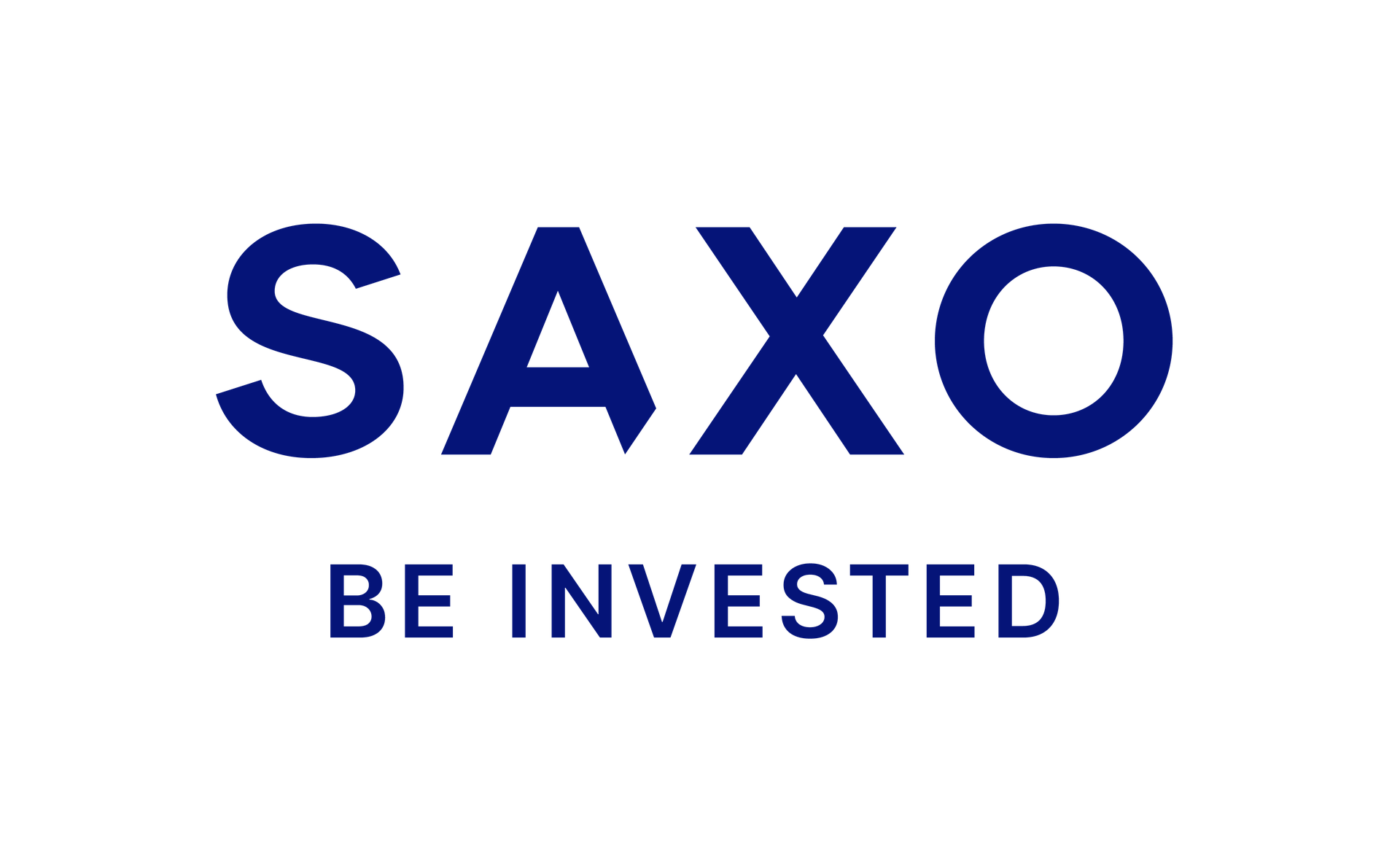Table of Contents
Money market funds have enjoyed a moment of glory among investors eager to take advantage of high interest rates.
They attracted a record £4.4bn of capital in 2023, more than in the previous eight years combined, according to global fund network Calastone.
Since then, capital has continued to flow into these funds, with £1.1bn entering between January and July, including £432m last month alone.
However, as interest rates are beginning to decline, many analysts believe that other asset class funds represent superior investment opportunities.
So should investors stick with money market funds, or could they get higher returns in other areas?
Investment: Money market funds attracted a record £4.4bn of capital in 2023, more than in the previous eight years combined, according to global fund network Calastone
What are money market funds?
Money market funds are mutual funds that invest in liquid securities, including cash, floating rate notes, government bonds, and certificates of deposit.
Institutional investors such as pension funds often use them, as do companies seeking to earn higher returns on their liquid reserves than on cash.
They came back into fashion about two years ago, when central banks started raising interest rates to try to cushion high inflationary pressures caused by the easing of Covid-19 restrictions and Russia’s war in Ukraine.
Investors sought less volatile places to park their short-term assets and turned to money market funds.
They are considered a low-risk investment compared to other asset classes, such as stocks, and their good credit ratings mean a low probability of default.
This is because the funds typically back securities with short maturity periods, often a few months or a year at most, which reduces their exposure to dramatic swings in interest rates.
Sam Benstead, head of fixed income at Interactive Investor, says money market fund returns depend on the movement of interest rates, as well as forecasts of future increases or cuts.
According to him, “this means that falling bond yields will push money market yields lower. However, if rates rise again or remain stable, yields will remain high.”
‘This will also be reflected in the returns of easy-access savings accounts, but investors who opt for a fixed-rate savings account or buy direct bonds can protect themselves from changes in interest rates.’
With the BoE likely to cut the UK base rate one or two more times during 2024, Benstead believes any rate adjustment will have a “relatively small” impact on money market funds.
However, even if interest rates remain above recent historical averages for an extended period, the potential returns that can be earned from money market funds will be weaker.

Yields: Five-year government bonds currently yield 3.75 per cent, which may be lower than the UK base rate but will still be higher than inflation and expected future short-term interest rates.
Is now the right time to rethink?
Jason Hollands, managing director of BestInvest, says the recurring problem with cash and money market funds is the variability of their interest rates and yields.
It suggests that investors could benefit from “the more attractive and relatively low-risk option” of gilts – UK government bonds – as they can “effectively lock in the yield” for the future until they reach maturity.
Five-year government bonds currently yield 3.75 percent, which may be lower than the UK base rate but will still be higher than inflation and expected future short-term interest rates.
“When you invest in a gilt or other bond, you can actually lock in the yield available today for the future until the security or bond matures,” says Hollands.
However, investing solely in government bonds potentially deprives you of enjoying much more generous returns that you could get from a diversified set of investments.
Another alternative is strategic bond funds, which have the flexibility to invest in different types of fixed-income instruments to adapt to a given economic and investment context.

Alternatives: Barclays research finds that stocks have a long-term track record of returns far superior to bonds and other asset classes.
Colin Finlayson, manager of the Aegon Absolute Return Bond Fund and Strategic Bond Fund, said: “By having the ability to invest across the fixed income universe and actively managing interest rate risk, this type of strategy can help capture the upside potential available… whilst better balancing the risks that come with the bond market.”
Which money market funds do analysts recommend?
For those willing to give up the chance of higher returns from stocks, some analysts believe there are money market funds worth considering.
If you plan to withdraw money from your pension over the next five years, Interactive Investor’s Benstead suggests the Royal London Short Term Money Market Fund, which yields 5.29 per cent and costs 0.1 per cent in annual fees.
However, he warns: ‘Money market funds are not the same as cash and, like all investments, they carry risks.
‘For example, in times of market panic, there could be liquidity problems as investors might rush to sell money market funds to raise cash.’
BestInvest’s Jason Hollands says his firm’s clients have recently shown more interest in money market funds, which he attributes in part to the decent interest rates they can command.
“It’s important to consider the impact of interest rates and returns after any costs,” says Hollands, who recommends Fidelity Cash and Goldman Sachs Sterling Liquid Reserves funds.
Meanwhile, Ed Monk, associate director at Fidelity International, believes the Legal & General Cash Trust fund would be suitable for investors seeking higher returns than traditional savings accounts, albeit with slightly higher risk.
This fund lends money to large banks on a short-term basis (usually a few months) with the aim of earning returns while preserving capital.
For those seeking higher investment risk, Monk believes commercial real estate and infrastructure assets will become more attractive as interest rates fall due to their “bond-like characteristics.”
He points to First Sentier Global Listed Infrastructure, which yields just 3.1 percent but “has potential for capital gains and will become more attractive if interest rates fall.”
Others include International Public Partnerships, Balanced Commercial Property Trust and iShares Environment & Low Carbon Tilt Real Estate Index Fund, whose yields are 5.6 percent, 5 percent and 5.4 percent, respectively.
Monk adds that interest rate cuts may boost real estate and infrastructure investment trusts by reducing their interest bills, although he cautions that this excludes open-ended funds because they do not borrow money.
DIY INVESTMENT PLATFORMS

AJ Bell

AJ Bell
Easy investment and ready-to-use portfolios

Hargreaves Lansdown

Hargreaves Lansdown
Free investment ideas and fund trading

interactive investor

interactive investor
Flat rate investing from £4.99 per month

Saxo

Saxo
Get £200 back in trading commissions

Trade 212

Trade 212
Free treatment and no commissions per account
Affiliate links: If you purchase a product This is Money may earn a commission. These offers are chosen by our editorial team as we believe they are worth highlighting. This does not affect our editorial independence.
Some links in this article may be affiliate links. If you click on them we may earn a small commission. This helps us fund This Is Money and keep it free to use. We do not write articles to promote products. We do not allow any commercial relationships to affect our editorial independence.



